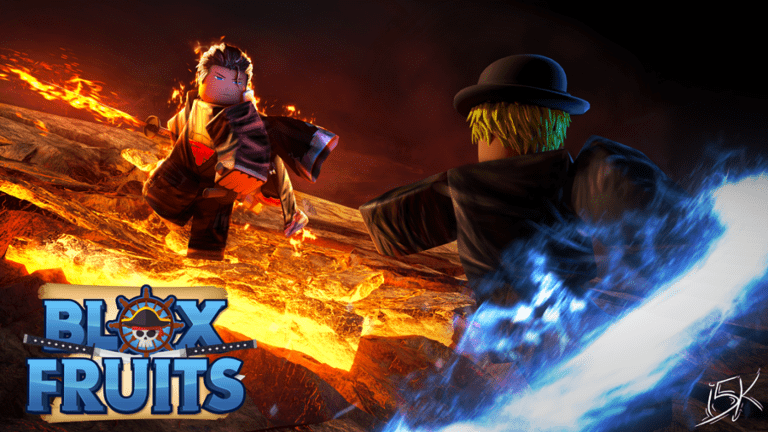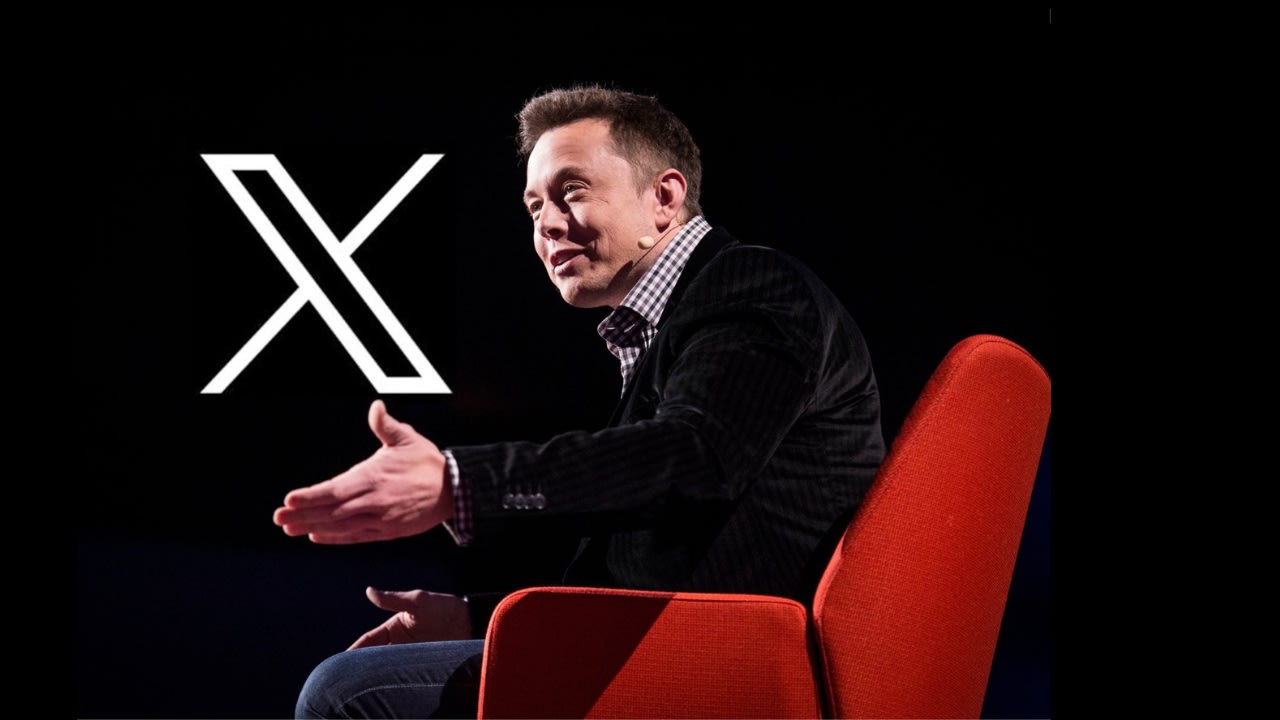Computer manufacturers went on the offensive as demand remained high following years of record sales and supply chain issues. Computing manufacturers have had a terrible several fiscal quarters, with many technology providers reporting double-digit decreases of 20% or more. Despite poor sales, market participants are continuing to invest in innovation since software and game performance necessitates more efficient and performant architectures.
Breaking the Dominance of Intel
Intel has dominated the semiconductor industry for computer processor processors. Apple, on the other hand, has bucked precedent by releasing its M series chipset in 2021. The introduction of an Apple-specific CPU design based on ARM altered how consumers and companies perceived Mac efficiency, putting numerous computer providers on the defensive. At the time, it combined the CPU, GPU, and RAM into a single chip. To differentiate itself, Apple uses a full-stack vertical integration approach in which it controls everything from hardware to software. Early Apple marketing highlighted an architecture and design that allowed for performance, energy efficiency, and security. It keeps increasing the number of cores and the speed per watt.
Key Highlights of the product includes
Latest GPU: The GPU is one of the most important and required advancements. The M3 chip family includes a next-generation GPU microarchitecture with dynamic caching functionality. The standard method for a GPU to manage local memory caching is to assign a fixed amount of memory to all processes during the build process. Instead of a fixed amount of local GPU memory being determined by software, dynamic caching enables the system to share memory based on what the compiler requires to complete the work at the time frame.
Other GPU advancements include new rendering technologies like hardware-accelerated mesh shading, which increases geometry processing capability and efficiency while allowing for more visually sophisticated scenarios. Dynamic caching considerably boosts the average GPU use, significantly improving performance for the most demanding programs and games.
Mac users will be able to employ hardware-accelerated ray tracing thanks to the new GPU design. NVIDIA has long discussed hardware ray tracing. Ray tracing is a rendering technique that creates photorealistic images with realistic lighting and shadows. It aids in accurately replicating how light interacts with objects, such as the amount of light reflection, refraction, or absorption. The new MacBook Pros can render up to 2.5 times faster than the M1 line thanks to the incorporation of hardware-accelerated ray tracing and the new graphics design. Apple claims that the GPU provides the same performance as the latest 12-core PC Laptop CPU while using one-fifth the electricity.
CPU that is more efficient and productive: The new design significantly improves performance per watt. The processing speed of the CPU cores is up to 30% quicker than the M1 family, and the efficiency of the cores is up to 50% faster. The design may provide the identical multi-threaded CPU performance as the M1 while consuming half the power, while the GPU can deliver the same level of performance while consuming roughly half the power. Apple promises that their Macs will give the same CPU performance while utilizing one-quarter the power as the latest 12-core PC Laptop chip.
A 3 nanometer framework: Apple’s newest CPUs are more powerful in a smaller package. It adopts a 3-nanometer production method to fit billions more transistors onto the same or smaller die size than 5 and 7-nanometer processes could. The M3 processor contains 5 billion more transistors than the M2 chip in a smaller footprint, allowing Apple to develop new features and functionality such as increases in GPU performance.
The neural engine outperforms the M1 family by up to 60%, and it incorporates a sophisticated media engine enabling hardware acceleration of major video codecs. It recently incorporated AVI1, which enables more power-efficient playback of video streaming from services such as YouTube, Netflix, and others. In their chip launch three years ago, Apple comprised neural engineering with CPU and GPU accelerators. Meanwhile, since the transformer models used in AI require a considerable amount of memory, the single-memory approach gives an advantage. Because of the unified memory architecture, you can use transformer models with billions of parameters on your MacBook Pro.
Apple launches MacBook and iMac at Scary Fast event
Everyone saw the reported MacBook Pro updates with 14-inch or 16-inch screens and a series of M3 CPUs. Each Apple M series processor is designed to meet a specific set of user needs for the various MacBook Pro models. The M3, for example, offers an 8-core CPU, a next-generation 10-core GPU, and performance that is up to 65% faster. The M3 Pro builds on this concept, featuring a 12-core CPU and an 18-core GPU that is up to 40% faster than the M1 Pro. At this point, for the most demanding tasks, the M3 Max has a 16-core CPU, a 40-core GPU, and 128 gigabytes of integrated memory. Artificial intelligence developers would be able to work with even larger transformer simulations with billions of parameters on an M3 Max device.
The battery life on all MacBooks is up to 22 hours. According to Apple, the new MacBook Pros are up to 11 times faster than the fastest Intel-based models. The new CPUs will improve Mac performance and efficiency while reducing fan noise in most workflows. The MacBook Pro includes a 1080P FaceTime camera, a six-speaker sound system, a magic keyboard, and a liquid retina XDR display with 1000 nits and 1600 nits peak brightness for HDR content. SDR content will now be presented at a maximum brightness of 600 nits, which is 20% brighter than before.
In terms of products, Apple announced
- The 14-inch MacBook Pro with the M3 microprocessor includes an improved thermal system that allows it to perform up to 60% faster than the 13-inch MacBook Pro with the M1. Ray tracing on processors provides highly realistic shadows and lighting in gaming. Render speed in video editing software like Premier Pro, for example, is up to 7.4 times faster than on the 13-inch MacBook Pro with Core i7, and up to 60% faster than on the 13-inch MacBook Pro with M1.
- The M3 Pro chip in the 14 and 16-inch MacBook Pros provides up to 40% quicker performance than the M1 chip in the 16-inch model. It increases the amount of unified memory available to people with demanding workflows, such as developers, creative workers, and academics.
- The MacBook Pro with M3 Max is designed for people with complicated workflows, including as AI developers, 3D artists, and video pros. It outperforms the 16-inch MacBook Pro with M1 Max by 2.5 times. Because of the GPU architecture, the laptop is excellent for modeling and iterating complicated 3D content, as well as video post-production work on high quality footage and programs such as Final Cut Pro, DaVinci Resolve and Premiere Pro.
- The 24-inch iMac was also updated for a more consumer-oriented clientele. In 2021, it will be released using the M1 chip. The iMac will forgo the M2 entirely in favor of the upcoming M3, which will provide a big performance improvement.
Pricing
The cost of the base model of the 14-inch MacBook Pro model, which began at $1,999, was one significant shift. The new M3 model now has a starting price of $1599. The 16-inch MacBook Pro M3 Pro and Max will remain priced at $2,499 USD.
What’s your Speed requirement?
Many people surely believe that the criteria are excessive. It all depends on the situation. If you’re a gamer, you’re constantly on the lookout for devices that improve the realistic feel and performance of your games. More organizations want technology that can run artificial intelligence and high-performance AI-enabled software. If you are an average consumer, you may not require the performance of the M3 series. However, one thing is certain with any purchase. The most recent programs, games, and media have an almost insatiable thirst for high-performance design, implying that a person can purchase one of these devices without fear of the hardware being outdated in a year or two.
The M3 series iMac update enables Apple to capitalize on the peak holiday season for consumer purchases. The proline is additionally revealed during an opportunity that allows corporate buyers to prepare their budgets for 2024.
Conclusion
Apple has always sought to dominate the expensive goods sector. These releases are no different. Dell and NVIDIA have both announced new hardware targeted for AI inference workloads for the same reason. Scary Fast was Apple’s tagline, and the company delivered on that promise. These goods are a substantial upgrade if you are a client with antiquated Intel-based Macs or Windows machines, or a manufacturer looking for the latest technology.
The post Apple’s aims for AI and Gaming field with its Turbocharged M3 Chips and New Macs appeared first on TechStory.






















